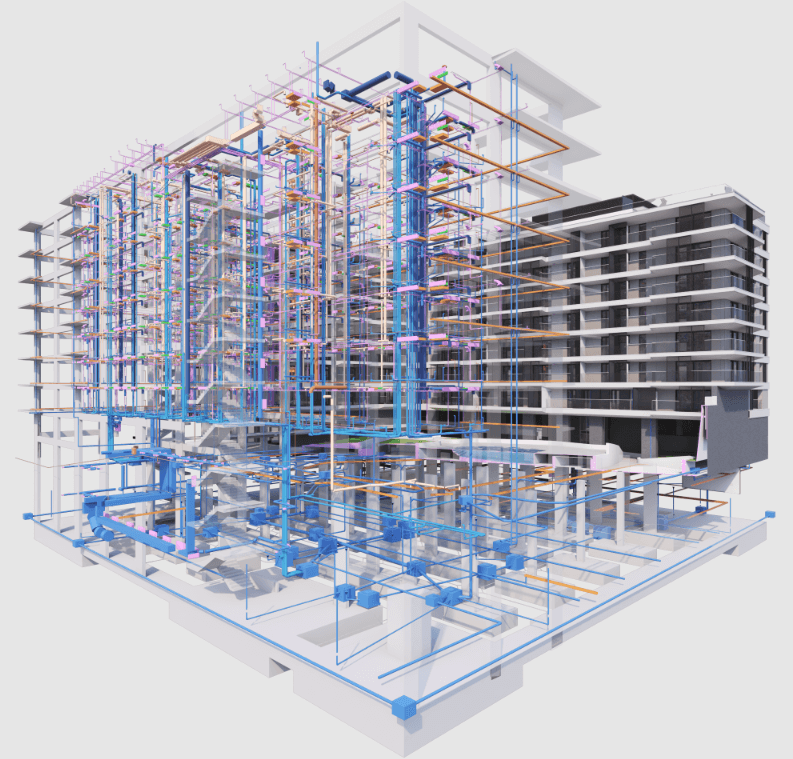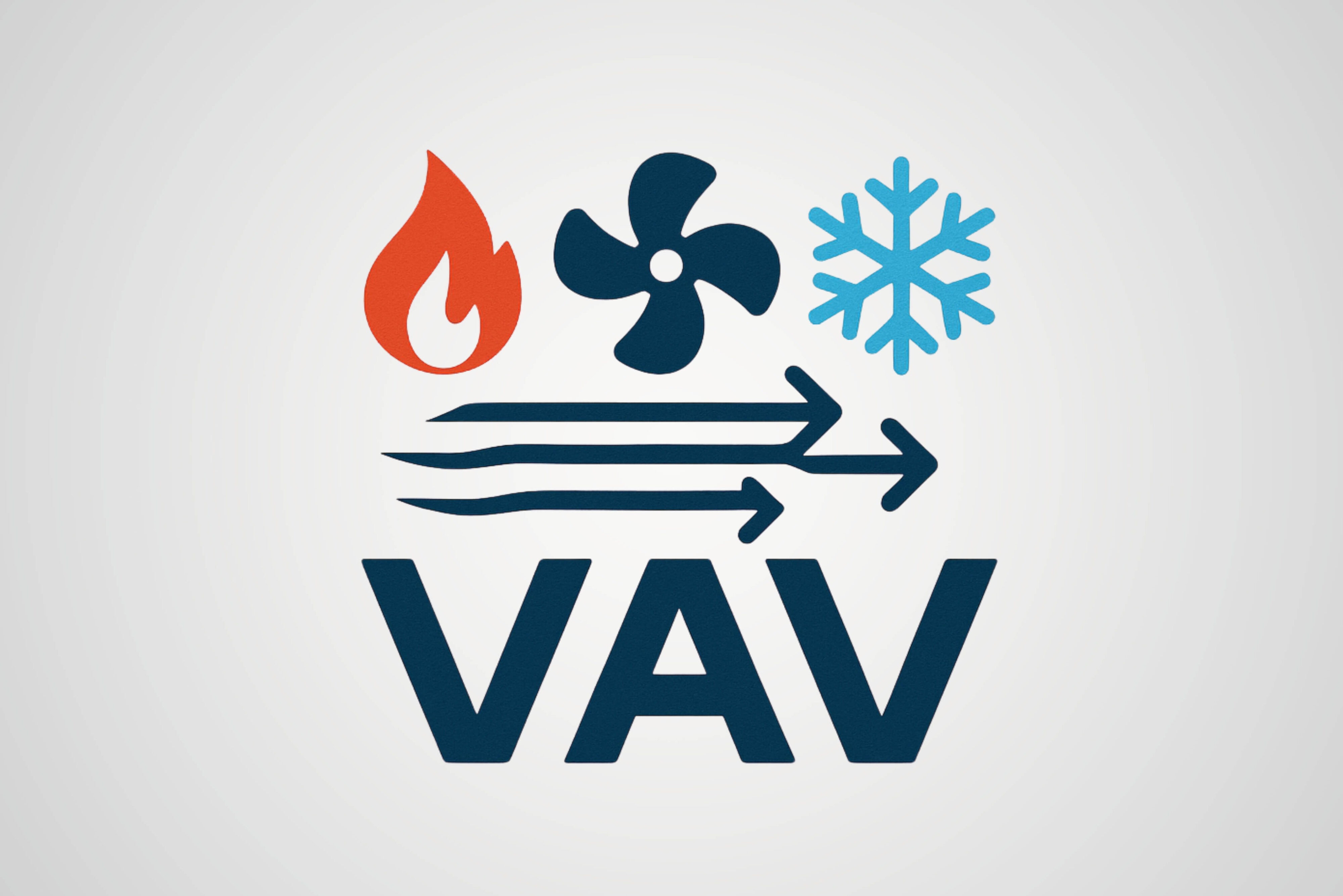
COBie Data Insights: Advancing Facility...
November 18, 2025

In the evolving landscape of Heating, Ventilation, and Air Conditioning (HVAC) systems, Variable Air Volume (VAV) technology has emerged as a cutting-edge solution for maximizing energy efficiency and enhancing indoor climate control. Unlike Constant Air Volume (CAV) systems, which maintain a fixed airflow rate, VAV systems dynamically adjust the airflow in response to real-time environmental conditions. This article explores the mechanics, components, types, and practical advantages of VAV systems, which are essential for building engineers, facility managers, and sustainability consultants.
To further adjust the temperature of the supplied air, VAV terminal units can also be fitted with heating/cooling coils or electric heaters. These components serve as secondary conditioning stages, modifying the air temperature locally within each zone, even if the primary air from the AHU is at a fixed setpoint. This capability is especially beneficial during winter months or in buildings with varied heating requirements, ensuring precise thermal comfort without unnecessary energy use by the central plant.
At the heart of the system are the VAV terminal units, which adjust the airflow through dampers based on the temperature set point.
When equipped with heating or cooling coils, these units can also fine-tune the air temperature after it leaves the AHU. For instance, in cooler climates or during low occupancy periods, the reheat coil may activate to maintain thermal comfort without needing to adjust central system settings. This real-time modulation creates a demand-driven air distribution system that conserves energy and maintains thermal comfort.
Choosing the appropriate type depends on the specific building application and performance goals.
Due to their scalability and efficiency, VAV systems are ideal for a wide range of commercial and institutional settings.
Any buildings/spaces with varied occupancy patterns and diverse heating and cooling needs can benefit from a VAV configuration.
Variable air volume systems signify an advancement in HVAC engineering with their ability to intelligently adapt airflow to meet real-time demands. It delivers a unique combination of comfort, cost savings, and energy conservation. Intelligently adapting airflow to meet real-time demands, they deliver a unique combination of comfort, cost savings, and energy conservation. As environmental sustainability and energy regulations continue to influence building design, VAV systems will remain a cornerstone of modern HVAC strategies. Purchasing a VAV system is a strategic move that will pay off in performance and sustainability over time for architects, engineers, and building owners